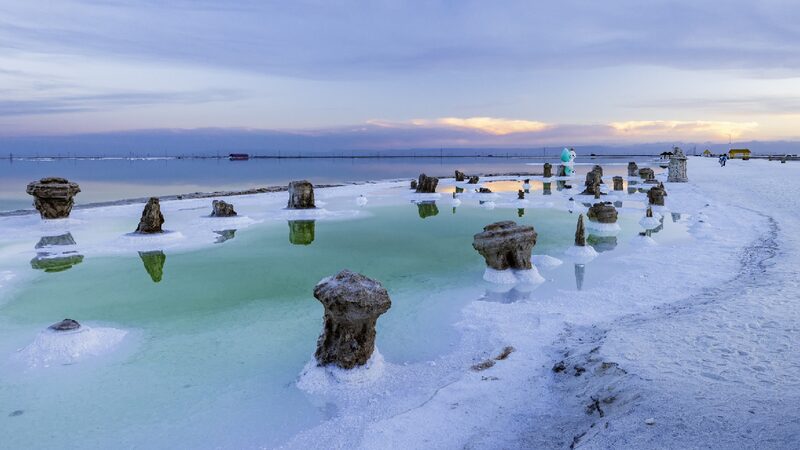Chinese scientists have made a groundbreaking discovery that could change the way we obtain nuclear fuel. A team from Lanzhou University has developed a special membrane that can extract uranium from seawater and salt lake water, offering a new method to access this vital resource.
Uranium is essential for nuclear energy, but it’s not always easy to find. While China’s land-based uranium resources are limited, its vast coastlines hold huge amounts of uranium dissolved in seawater. The challenge has been finding an efficient way to extract it.
The researchers created a two-dimensional biomimetic membrane inspired by how plant cell walls strengthen under pressure. By combining graphene oxide with engineered bacteria, they formed a dense and stable membrane capable of precisely capturing uranyl ions—the form of uranium found in water.
“Our new membrane increases mechanical strength by more than 12 times compared to traditional graphene oxide membranes,” said Li Zhan, the lead author of the study published in the journal Advanced Materials. “It provides an efficient and sustainable method for extracting uranium from seawater.”
This innovative approach not only improves strength but also enhances selectivity and stability, making the extraction process more feasible for industrial applications. According to team member Tian Longlong, the membrane operates with low energy consumption, which could accelerate the commercialization of uranium recovery from seawater.
The technology holds promise beyond uranium extraction. It could be applied to water treatment, wastewater recycling, and energy recovery, helping to address global challenges like resource shortages, energy crises, and environmental pollution.
The team is currently working on optimizing the membrane’s design and scaling up production to bring this technology closer to real-world use. If successful, this could be a significant step forward in sustainable energy and environmental protection.
Reference(s):
Chinese researchers invent biomimetic membrane to extract uranium
cgtn.com








